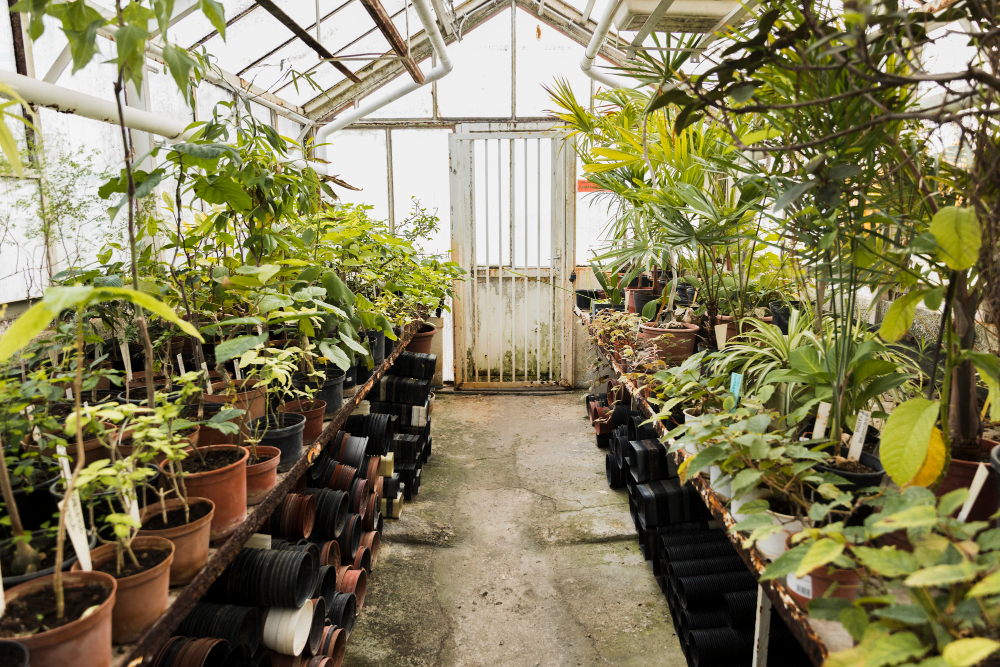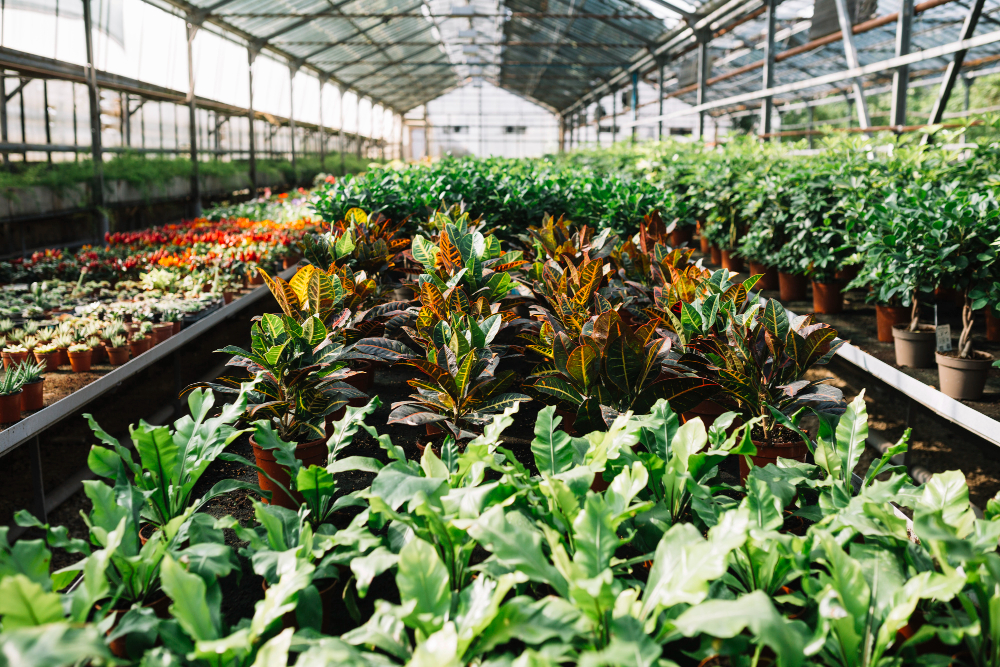Master Cultivating Tips: Change Your Nursery Today
Cultivating is something beyond a side interest; it’s an approach to reconnect with nature, upgrade the magnificence of your home and even further develop your psychological prosperity. Whether you’re a carefully prepared nursery worker or a beginner with a prospering interest, the right tips and procedures can change your nursery into a staggering desert spring. Here are some master planting tips to assist you with developing a lavish, dynamic nursery that will be the jealousy of your area.

1. Plan Your Nursery Format
Before you begin planting, get some margin to design your nursery format. Consider the size and state of your nursery, how much daylight it gets, and the kind of soil you have. Sketch a harsh arrangement, putting taller plants at the back and more limited ones at the front. This won’t just guarantee that all plants get satisfactory daylight yet in addition make an outwardly engaging layered impact.
Tip: Use garden arranging applications or programming to make a definite design. These apparatuses can assist you with imagining your nursery and make changes before you begin digging.
2. Pick the Right Plants
Choosing the right plants is significant for a flourishing nursery. Consider the environment, soil type, and daylight openness in your space. Local plants are many times the most ideal decision as they are adjusted to nearby circumstances and require less upkeep. Also, pick establishes that complete one another as far as development propensities and water needs.
Tip: Visit nearby nurseries and talk with specialists to track down the best plants for your nursery. They can give significant bits of knowledge into what fills well in your locale.
3. Work on Your Dirt
Sound soil is the groundwork of a solid nursery. Lead a dirt test to decide its pH and supplement levels. In view of the outcomes, correct your dirt with natural matter like fertilizer, excrement, or leaf form. These alterations further develop soil structure, improve water maintenance, and give fundamental supplements to your plants.
Tip: Mulch your nursery beds with natural materials like straw, wood chips, or destroyed leaves. Mulching holds soil dampness, smother weeds, and direct soil temperature.
4. Water Admirably
Watering is fundamental for plant development, yet it’s vital to shrewdly make it happen. Overwatering can prompt root decay and different issues, while underwatering can pressure your plants. The best opportunity to water your nursery is promptly in the first part of the day or late at night to diminish vanishing.
Tip: Use dribble water system or soaker hoses to convey water straightforwardly to the root zone. These techniques are more productive than above sprinklers and assist with forestalling water wastage.
5. Practice Buddy Planting
Buddy planting is the act of developing specific plants together to upgrade development, prevent bugs, and further develop yields. For instance, establishing marigolds with tomatoes can assist with repulsing nematodes, while basil established close to peppers can improve their flavor.
Tip: Exploration sidekick establishing graphs to track down the best plant mixes for your nursery. This method can altogether support the wellbeing and efficiency of your nursery.
6. Carry out Yield Revolution
Crop turn is a procedure used to forestall soil exhaustion and lessen the development of vermin and infections. By pivoting plant families each season, you can keep up with soil fruitfulness and disturb the existence patterns of hurtful life forms.
Tip: Plan a harvest turn timetable and track what you plant every year. This training is particularly significant for vegetable nurseries.

7. Utilize Natural Irritation Control
Irritations are unavoidable in any nursery, yet utilizing compound pesticides can hurt helpful bugs and the climate. All things considered, settle on natural irritation control strategies, for example, presenting advantageous bugs, utilizing insecticidal cleansers, and applying neem oil.
Tip: Energize normal hunters like ladybugs, lacewings, and birds by giving natural surroundings and keeping away from wide range pesticides. These hunters can hold bother populaces under control.
8. Prune Routinely
Ordinary pruning keeps up with the shape and strength of your plants. Eliminate dead, infected, or harmed branches to advance wind stream and forestall the spread of illnesses. Pruning additionally supports new development and can further develop blossom and natural product creation.
Tip: Utilize spotless, sharp instruments to make exact cuts. Clean your instruments between plants to forestall the spread of sicknesses.
9. Manure Your Waste
Fertilizing the soil is an incredible method for reusing nursery and kitchen squander into supplement rich soil. Make a fertilizer container or heap and add natural materials like leafy foods scraps, espresso beans, eggshells, grass clippings, and leaves. Turn the fertilizer routinely to circulate air through it and accelerate the decay interaction.
Tip: Equilibrium green materials (nitrogen-rich) and earthy colored materials (carbon-rich) in your fertilizer to keep a solid decay process. A decent proportion is generally 2:1 browns to greens.
10. Offer Appropriate Help
Many plants, particularly plants and tall-developing vegetables, need backing to appropriately develop. Use stakes, lattices, or enclosures to offer the important help and keep plants off the ground. This forestalls harm as well as further develops air flow and lessens the gamble of illness.
Tip: Pick durable materials for upholds and guarantee they are moored safely in the ground. Change the backings as your plants develop to offer proceeded with help.
11. Center around Pollinators
Pollinators like honey bees, butterflies, and hummingbirds are fundamental for the wellbeing and efficiency of your nursery. Plant various blooming plants to draw in these useful animals. Try not to utilize pesticides that can hurt pollinators and give water sources to them.
Tip: Make a pollinator-accommodating living space by establishing local blossoms, giving settling destinations, and staying away from compound medicines. Pollinator gardens support biodiversity as well as upgrade the excellence of your nursery.
12. Broaden Your Developing Season
With the right methods, you can broaden your developing season and appreciate new produce for a more extended period. Utilize cold casings, cloches, or line covers to shield plants from ice and cold temperatures. Consider establishing cool-season crops that can flourish in lower temperatures.
Tip: Progression planting where you plant new yields when others are reaped, can assist with expanding your nursery’s efficiency all through the season.
13. Keep Your Nursery Clean
A perfect nursery is a solid nursery. Routinely eliminate weeds, fallen leaves, and other trash to keep nuisances and infections from grabbing hold. Tidy up plant deposits toward the finish of the developing season to lessen overwintering destinations for bugs.

Tip: Practice great nursery cleanliness by sanitizing apparatuses and compartments, pivoting crops, and speedily tending to any indications of illness or irritation invasion.
14. Learn and Adjust
Planting is a nonstop educational experience. Notice your nursery routinely, take notes, and adjust your practices in view of what you realize. Join nearby cultivating clubs go to studios and read planting books and magazines to grow your insight.
Tip: Keep a nursery diary to follow your victories and difficulties. Record establishing dates atmospheric conditions bother issues and different perceptions to assist with further developing your cultivating rehearses over the long run.
15. Partake All the while
Cultivating ought to agreeable and satisfy. Find opportunity to see the value in the excellence of your nursery, the advancement of your plants, and the your rewards for all the hard work. Share your planting encounters with loved ones, and go ahead and investigation and attempt new things.
Tip: Make a loosening up garden space with seating, water highlights or beautiful components where you can loosen up and partake in the regular environmental elements.
Conclusion
Changing your nursery into a lovely and useful space requires arranging, exertion, and a touch of innovativeness. By following these master planting tips you can make a flourishing nursery that gives pleasure and fulfillment a large number of years. Keep in mind, each nursery is remarkable so tailor these tips to suit your particular requirements and conditions. Cheerful cultivating!

